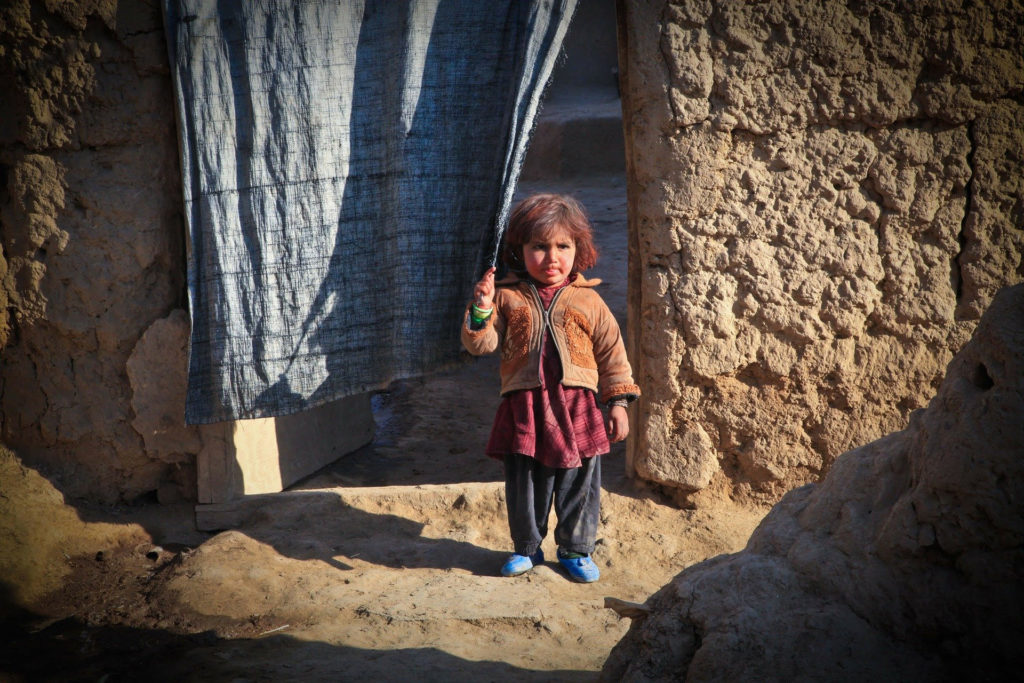Published: 08/20/2021

After a 20-year occupation, the withdrawal of American troops from Afghanistan has resulted in an acute humanitarian crisis – an untold number of Afghans with a well-founded fear of reprisal from the rapidly reconstituted Taliban regime now find themselves stranded in a hostile country. Whether because of US military affiliation or membership in a class otherwise targeted by the Taliban, including women, vulnerable religious and ethnic groups, the LGBTQ community, and opposition political tendencies, the increased visibility of these populations over the past two decades may have led them to be even more exposed to persecution now than they were prior to Operation Enduring Freedom. This threat is not theoretical – emergency legal briefs filed by the International Refugee Assistance Project on behalf of Afghan visa applicants cite the murder of five former US military interpreters in the past few days, while the UN High Commissioner for Human Rights has reported multiple violent attacks on women, journalists and human rights activists since the start of the withdrawal.
While some 2,000 people were recently airlifted to the US under the Biden administration’s Operation Allies Refuge, the New York Times reports that approximately 18,000 Special Immigrant Visa (SIV) applicants and their 53,000 similarly eligible family members still languish in Afghanistan as their visa forms are being processed. The Pentagon has stated that they are committed to evacuating all Americans and Afghan affiliates, but it is unclear what will happen if visa applicants remain stranded in Afghanistan past the Biden administration’s August 31 deadline for full troop withdrawal and, consequently, likely closure of the evacuation window.
This is not to mention the other high-risk groups who are not SIV-eligible. In total, US military bases are reportedly prepared to host up to 22,000 Afghan refugees, including SIV applicants, with a US total refugee cap of 62,500 for the current fiscal year – though note that at the current SIV processing rate we are expected to accept fewer than 10,000. The UK and Canada have also offered to resettle approximately 20,000 refugees, with a handful of other countries committing to smaller numbers. By comparison, the UN estimates Afghanistan’s internally displaced population at around 5 million, more than 359,000 of whom joined the total this year in the turmoil of the US troop withdrawal.
In light of this mismatch, multiple refugee advocacy organizations have called for the White House to accelerate and expand their resettlement programs. Refugee International is in particular calling for the US to accept 200,000 refugees. The White House has thus far appeared reluctant to commit to such numbers. Nevertheless, the abandonment of these refugees constitutes a moral dereliction of duty. In the case of SIV applicants, it may also represent a legal one, given obligations laid out in the 2009 Afghan Allies Protection Act.
These weighty concerns must be given precedence over business-as-usual immigration policy, especially when the perhaps seemingly high refugee cap proposed by Refugee International is less than half that taken in by the US under the Orderly Departure Program after the Vietnam War. Committing to evacuate all Afghan refugees, by extending the evacuation window and dramatically scaling up visa processing and resettlement, is likely the only way to avoid a public health disaster, and we call on the White House to take these steps as soon as humanly possible.